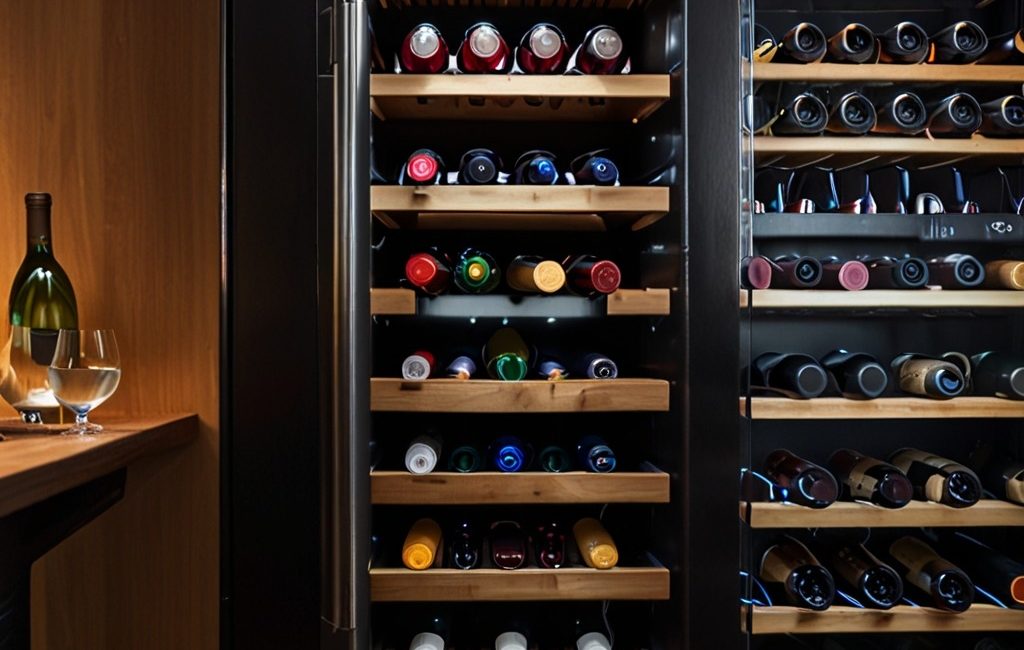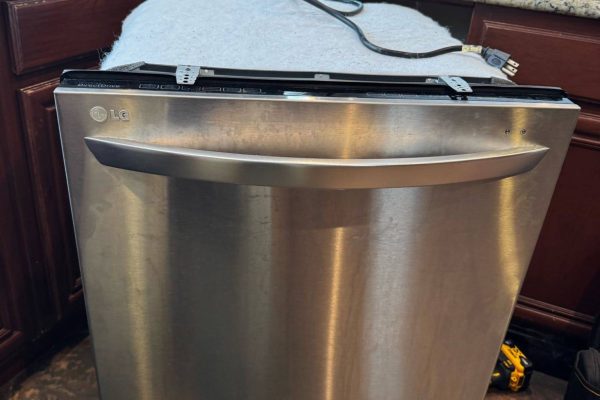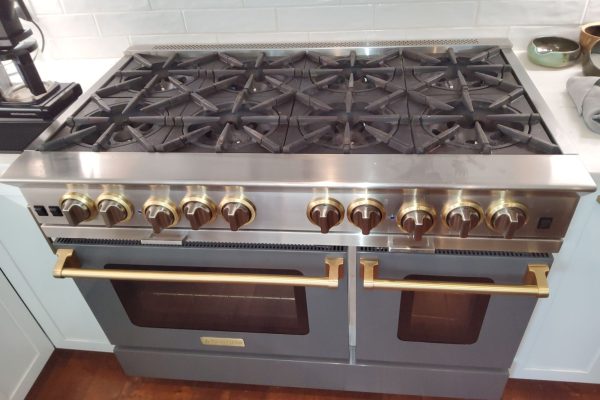A wine refrigerator is an essential appliance for wine enthusiasts, maintaining the perfect temperature and humidity to preserve the quality of your wine collection. However, like any appliance, wine refrigerators can encounter issues that affect their performance. Diagnosing these problems promptly is crucial to ensure your wine remains in optimal condition. This article provides a step-by-step approach to diagnosing common wine refrigerator breakdowns, from identifying causes to implementing fixes.
Step 1: Identify Symptoms
⠀
The first step in diagnosing a wine refrigerator breakdown is identifying the symptoms. Common issues include:
⠀
- Temperature Fluctuations: If your wine refrigerator is not maintaining a consistent temperature, it can affect the quality of your wine.
- Excessive Noise: Unusual noises could indicate mechanical problems.
- Water Leaks: Leaks can result from condensation issues or faulty seals.
- Frost Build-Up: Excessive frost can interfere with temperature regulation.
- Power Issues: If the unit is not powering on, it could be an electrical problem.
⠀
Step 2: Check the Power Supply
⠀
Before delving into complex diagnostics, ensure that the wine refrigerator is receiving power. Check the following:
⠀
- Power Cord: Ensure the power cord is securely plugged in and not damaged.
- Outlet: Verify that the electrical outlet is functioning correctly by testing it with another appliance.
- Circuit Breaker: Check the circuit breaker to ensure it hasn’t tripped.
⠀
Step 3: Inspect the Thermostat
⠀
The thermostat controls the temperature inside the wine refrigerator. If you notice temperature fluctuations, the thermostat could be faulty. Here’s how to check it:
⠀
- Temperature Setting: Ensure the thermostat is set to the desired temperature.
- Thermostat Functionality: Test the thermostat by adjusting the temperature setting. If there’s no change in the internal temperature, the thermostat might need replacement.
⠀
Step 4: Examine the Door Seals
⠀
Door seals play a critical role in maintaining the internal temperature and humidity. Inspect the seals for any signs of wear or damage:
⠀
- Visual Inspection: Look for cracks, tears, or deformations in the door seals.
- Seal Test: Place a piece of paper between the door and the refrigerator. If the paper slides out easily, the seal is not tight enough and may need replacing.
⠀
Step 5: Check the Condenser Coils
⠀
Condenser coils dissipate heat from the refrigerator. Dirty or damaged coils can cause the unit to overheat and malfunction. Follow these steps:
⠀
- Location: Locate the condenser coils, usually at the back or underneath the unit.
- Cleaning: Use a vacuum cleaner or a soft brush to remove dust and debris from the coils.
- Inspection: Check for any signs of damage or corrosion on the coils.
⠀
Step 6: Investigate the Compressor
⠀
The compressor is the heart of the wine refrigerator, responsible for circulating refrigerant and maintaining temperature. Signs of compressor issues include:
⠀
- Noise: Loud or unusual noises may indicate a faulty compressor.
- Temperature: If the refrigerator is not cooling properly, the compressor might be malfunctioning.
- Professional Help: Diagnosing and fixing compressor issues typically requires professional expertise.
⠀
Step 7: Assess the Fan and Airflow
⠀
Proper airflow is essential for maintaining an even temperature inside the wine refrigerator. Check the fans and ventilation:
⠀
- Fan Operation: Ensure the fans are running smoothly and not obstructed.
- Airflow Path: Clear any obstructions from the airflow paths inside the refrigerator.
- Fan Noise: Unusual noises from the fan may indicate a need for replacement or repair.
⠀
Step 8: Address Frost Build-Up
⠀
Excessive frost can hinder the cooling efficiency of your wine refrigerator. To address this issue:
⠀
- Defrost Cycle: Manually initiate a defrost cycle if your unit has this feature.
- Door Seals: Check door seals to ensure they are not allowing warm air to enter and cause condensation.
- Drainage System: Inspect and clear any blockages in the drainage system to prevent water accumulation and frost build-up.
Diagnosing wine refrigerator breakdowns involves a systematic approach, from identifying symptoms to checking power supply, thermostat, door seals, condenser coils, compressor, fans, and addressing frost build-up. While some issues can be resolved with basic troubleshooting, others may require professional intervention.
If you’re experiencing persistent problems with your wine refrigerator, don’t risk the quality of your wine collection. Contact Oceanside Appliance Service Center for expert diagnosis and repair services. Our team of skilled technicians is equipped to handle all types of wine refrigerator issues, ensuring your appliance functions optimally.
Protect your investment and enjoy perfectly preserved wine. Reach out to Oceanside Appliance Service Center today for reliable and professional service. Let us help you maintain the ideal environment for your wine collection.
Contact us


